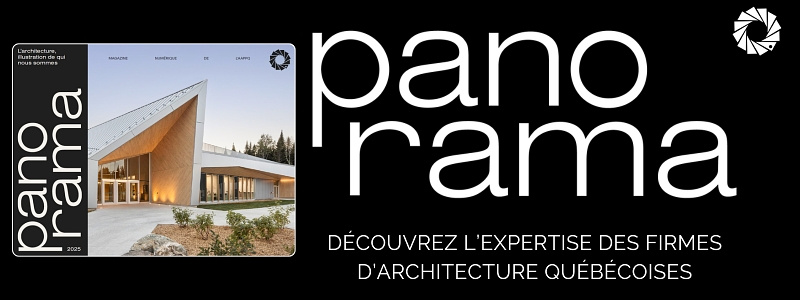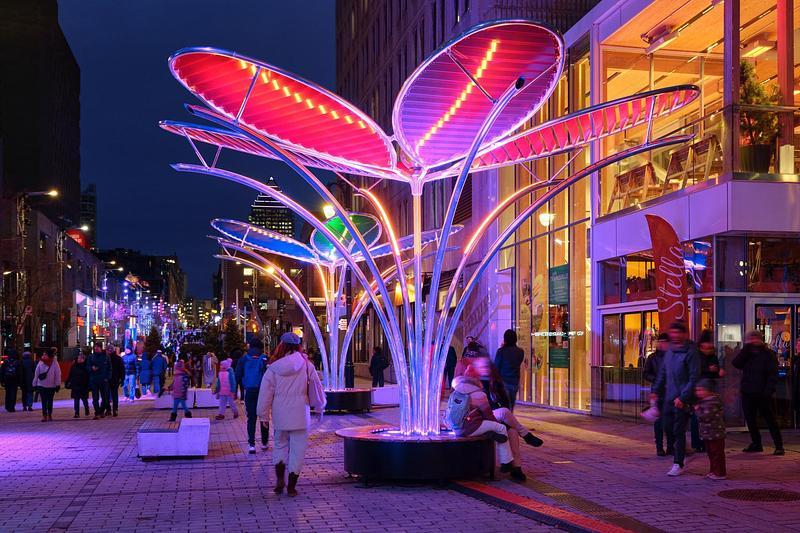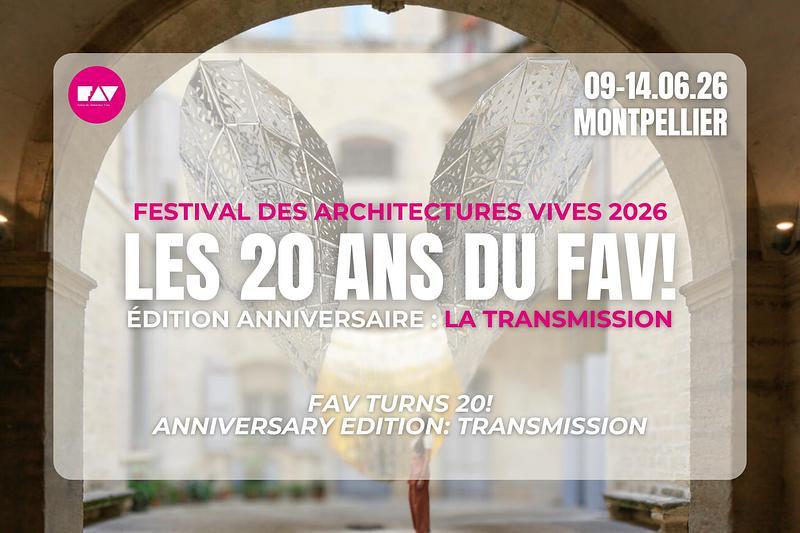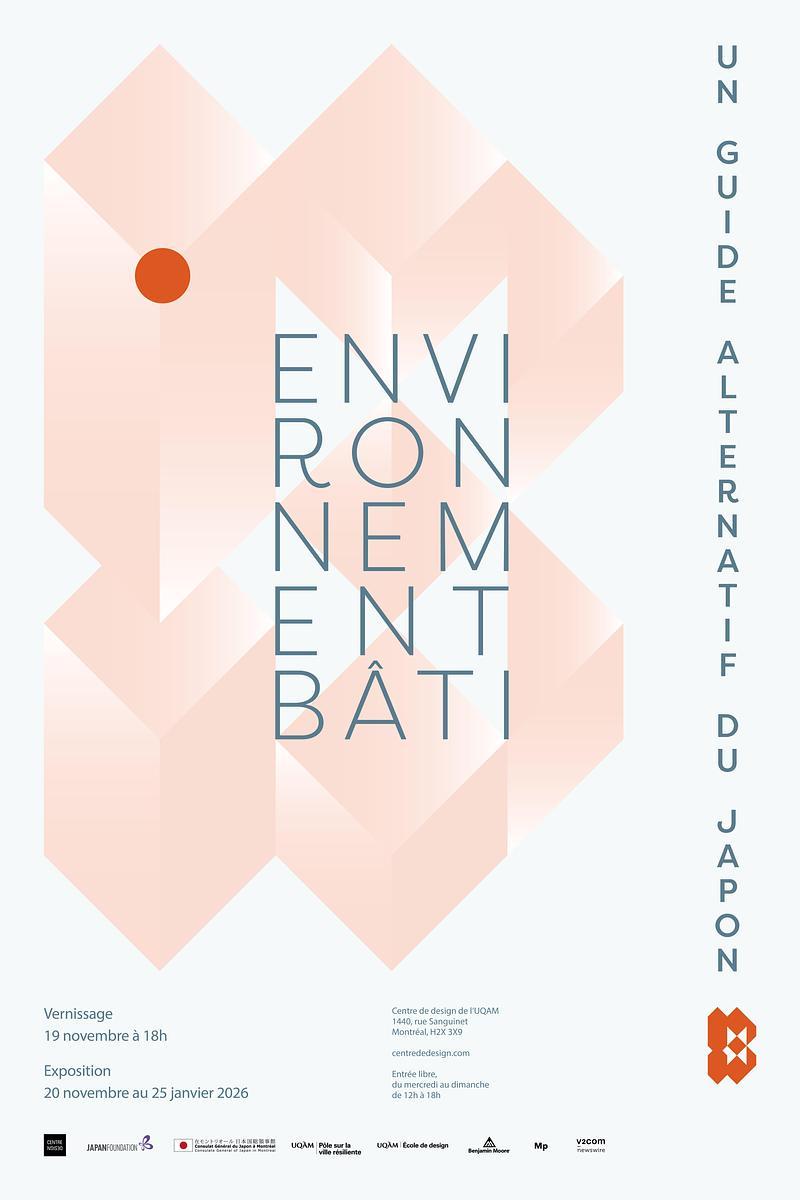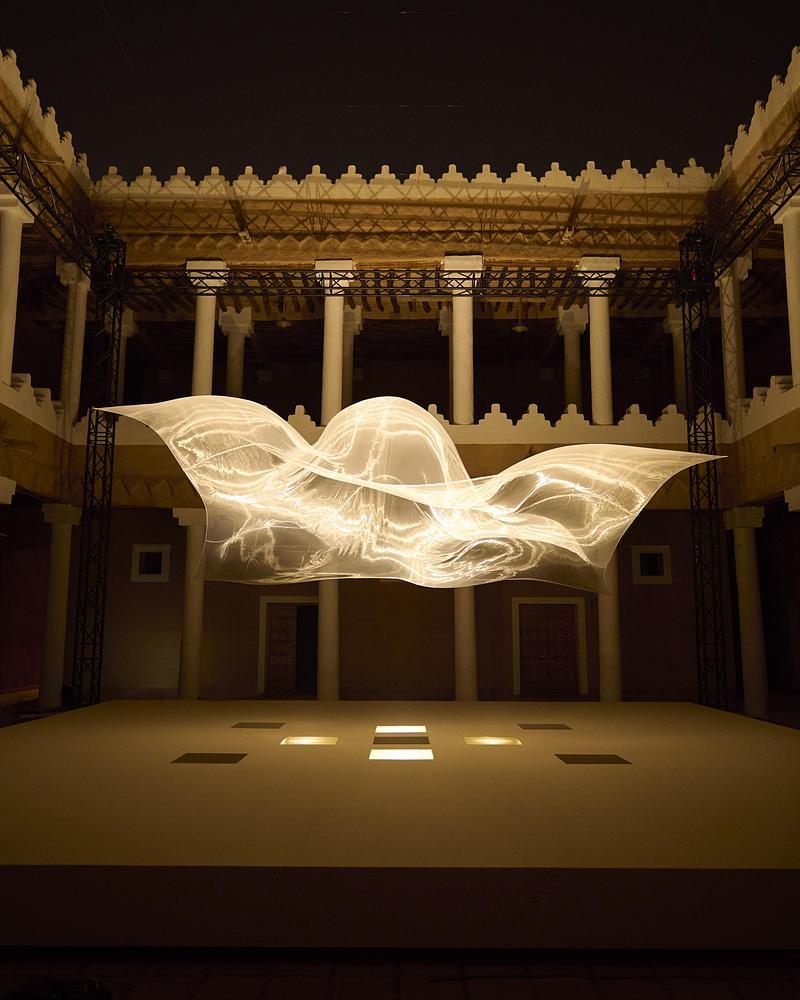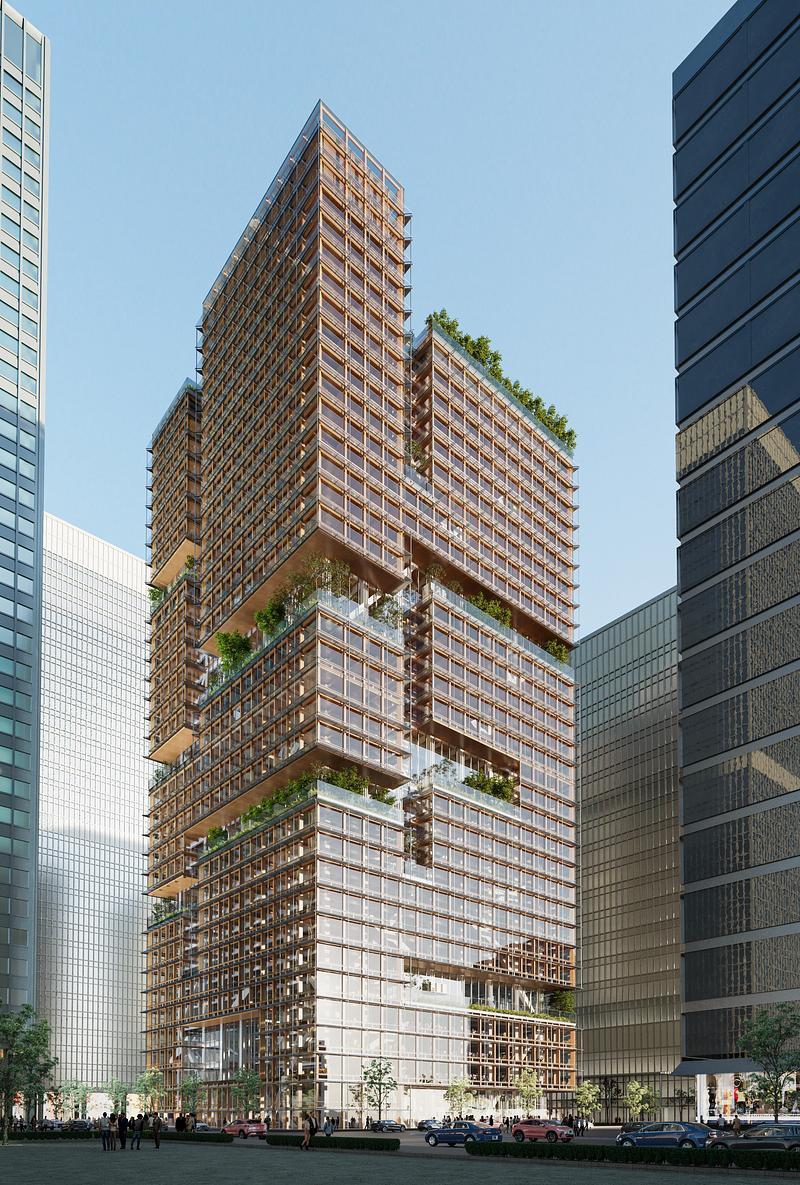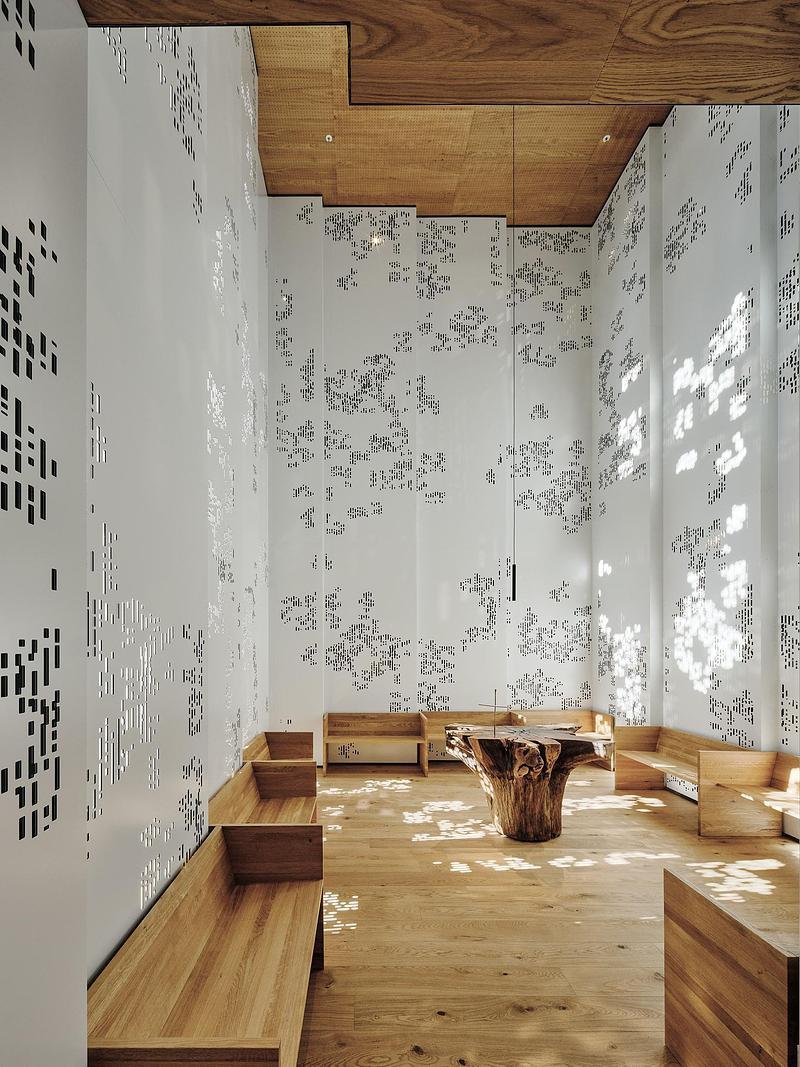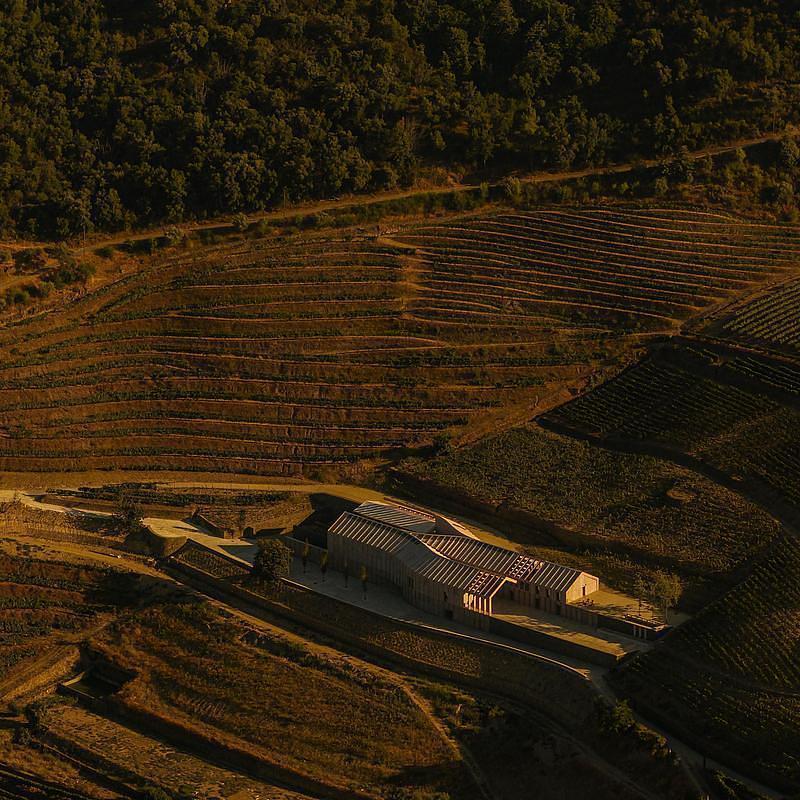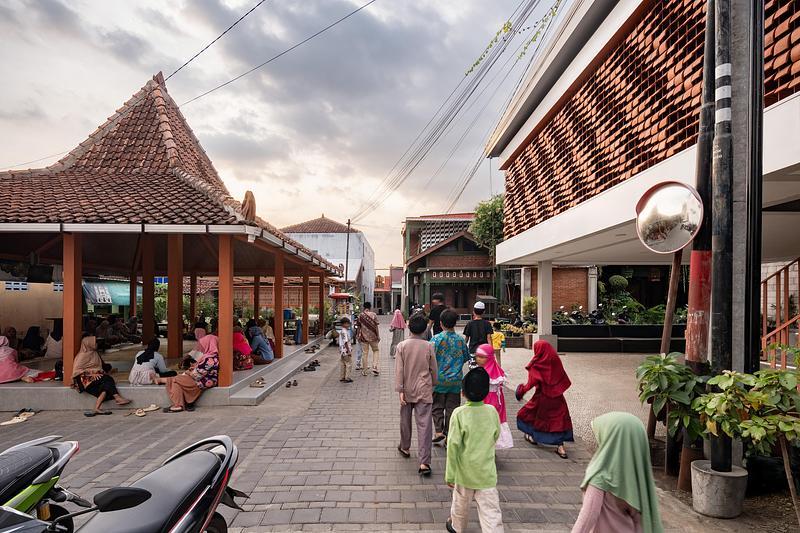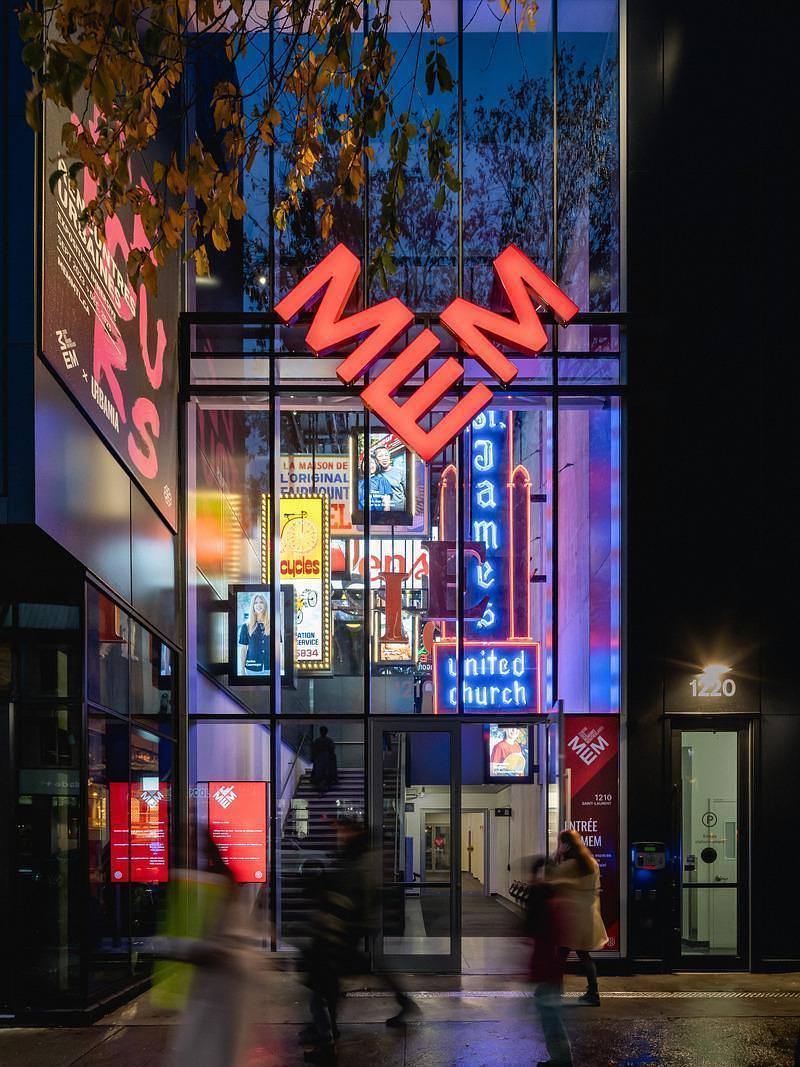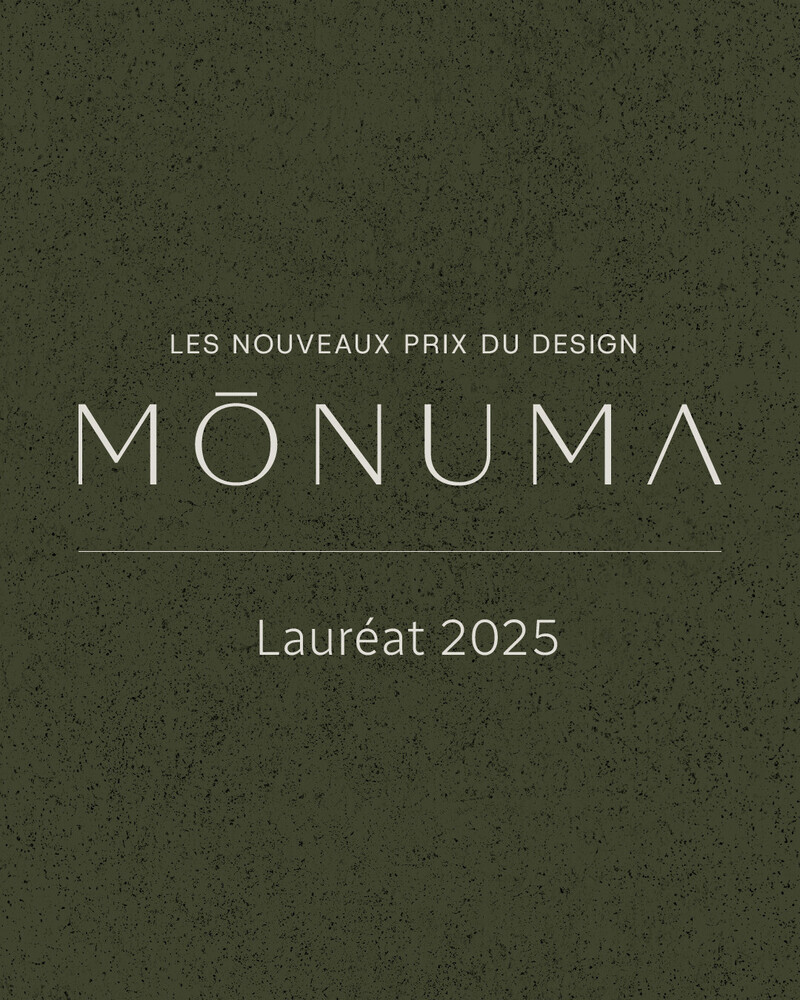
Press Kit | no. 773-01
Opéra-palette at the Prague Quadriennal of performance design and space in june 2011
Jacques Plante & Pascale Pierre
The transformation of a banal, ubiquitous object—the shipping pallet—into a space for opera. The pallet is envisioned as a total architectural artefact, serving as building material, structural system and stage set. Its use for this temporary, open-air performance space is a kind of journey: from factory to stage and back. The project is located in Quebec City, in a courtyard of the Conservatoire. It will be built in July 2011 for the Quebec International Opera Festival.
The pallet is the most widely manufactured object of the post-war period, not only in North America, which is its birth place, but all over the world. It is also the most anonymous object. At first, it was designed with a side of 1.2 m so as to cover without loss the whole area of a train wagon, much as Japanese homes are designed according to the standardized dimensions of tatami mattresses. Later, cardboard boxes were introduced to cover each pallet according to different assemblies. Finally, the fork-lift truck appeared, making it possible to quickly move and stack pallets. Nowadays, steel containers have taken the place of train wagons. They are designed according to the dimensions of these same pallets. Pallets are now produced with different designs and degrees of sturdiness—not only in wood, but also in plastic, steel and recycled materials.
The «Pallet Opera» project originates in a recurring concern of architect Jacques Plante with the re-use of industrialized objects in a creative artistic context. This project will consist in taking the pallet—this anonymous and useful, common and universal object, assembling it in innovative and surprising ways, and using it to create an ephemeral opera house. The pallet will be used as architecture, as structure and as stage, for lighting, stage sets and signage, and turned into opera. In fact, the project is about the design of an immense architectural, aesthetic, and acoustic sound box, produced not only by stacking, but by a process of tectonic assembly related to the materiality of its architectural and structural elements. The urban space envisioned for this in situ experimentation is the courtyard of the Music Academy of Quebec City, next to the city’s principal theatre.
Nowadays, recycling and green building seem to have become a new common "religion"—a panacea for new architectural, urban and public art projects. Furthermore, most corporations seek to distinguish themselves by their environmental concerns, and to go beyond the easy salvage of paper, glass and metal. In this temporal and societal context, the innovative use of the pallet, which established the consumer society of the post-war period, is more than an objective: it is a challenge which will make possible an object of architecture, structure, assembly, acoustics, aesthetics and landscape?
The concept of this research project is to use the pallet as it is—in its form, dimensions and materials, to reinterpret it in an innovative and aesthetic manner in the context of a temporary installation—the « Pallet Opera », and finally to return it to the manufacturer for its initial use. The research project is designed around three distinct "acts." The first act consists of virtual and video design in a laboratory; the second act, of spatial, technical and technological experimentations and validation, also in a laboratory; the third act, of an actual in situ realization. The lasting architectural project becomes here an ephemeral work of public art.
Authors:
Jacques PLANTE, theatre architect and professor, Laval University School of Architecture, Québec City, CANADA
Pascale PIERRE, engineer and professor, Laval University School of Architecture, Québec City, CANADA
For more information
Media contact
-
- Jacques Plante, architect
- jacquesplante@bellnet.ca
- 418.694.6979
Attachments
Terms and conditions
For immediate release
All photos must be published with proper credit. Please reference v2com as the source whenever possible. We always appreciate receiving PDF copies of your articles.
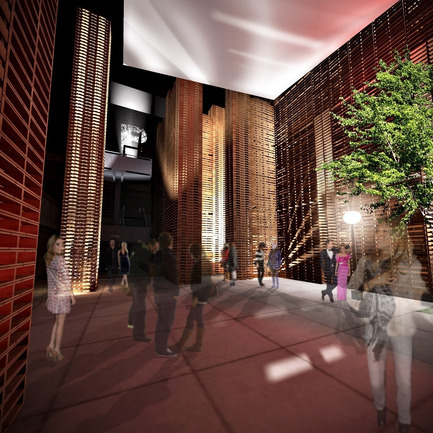
Medium-resolution image : 5.0 x 5.0 @ 300dpi ~ 6.5 MB
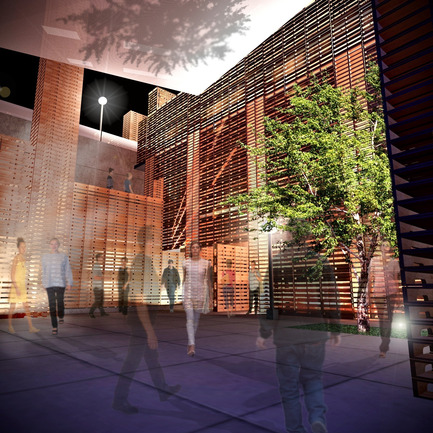
Medium-resolution image : 6.0 x 6.0 @ 300dpi ~ 9.3 MB
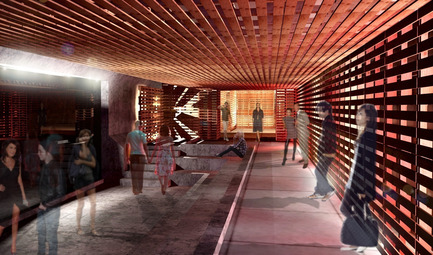
Medium-resolution image : 5.48 x 3.23 @ 300dpi ~ 4.6 MB
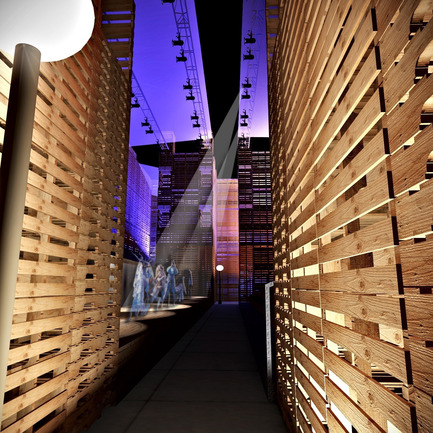
Medium-resolution image : 6.0 x 6.0 @ 300dpi ~ 9.3 MB
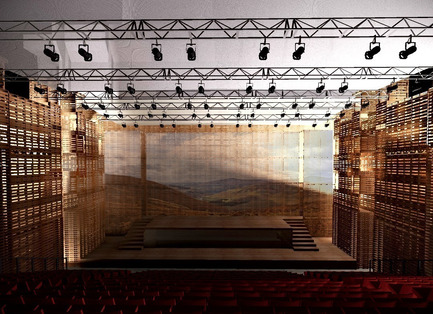
Low-resolution image : 3.6 x 2.61 @ 300dpi ~ 2.5 MB
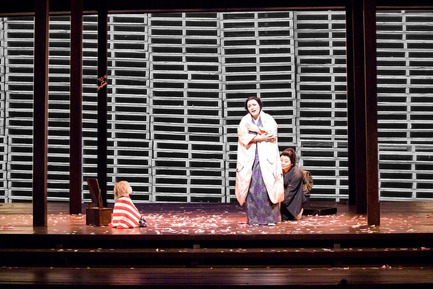
Low-resolution image : 3.75 x 2.5 @ 300dpi ~ 2.4 MB
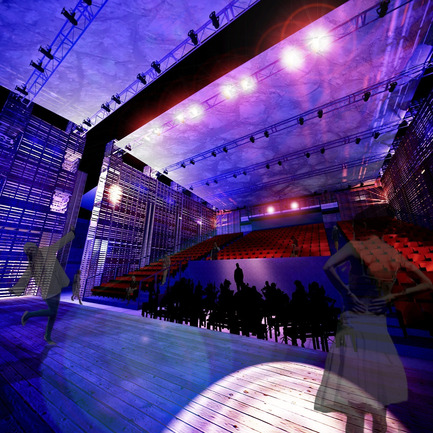
Medium-resolution image : 6.0 x 6.0 @ 300dpi ~ 9.3 MB
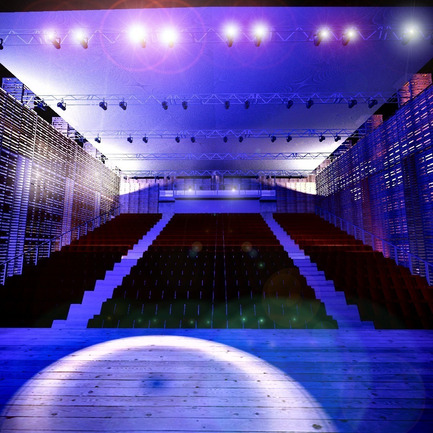
Low-resolution image : 3.6 x 3.6 @ 300dpi ~ 3.4 MB
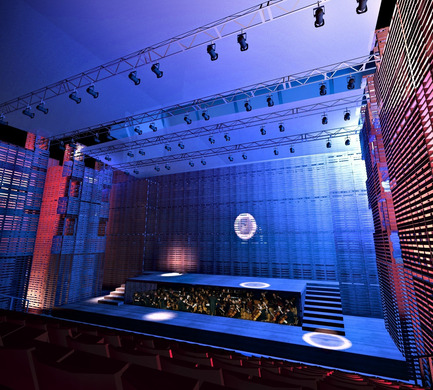
Medium-resolution image : 6.0 x 5.4 @ 300dpi ~ 8.4 MB
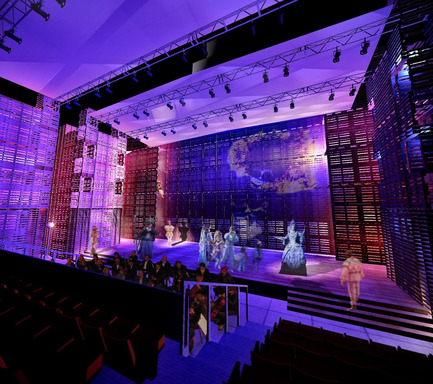
Medium-resolution image : 6.0 x 5.32 @ 300dpi ~ 8.3 MB
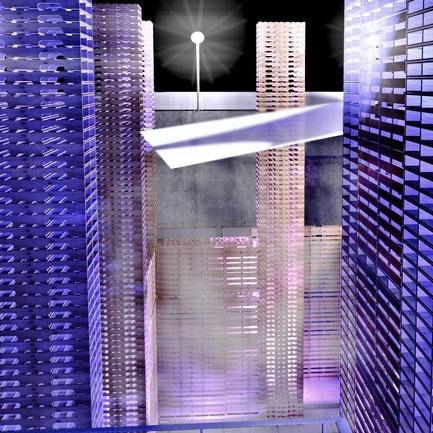
Low-resolution image : 2.91 x 2.91 @ 300dpi ~ 2.2 MB

Medium-resolution image : 8.94 x 2.97 @ 300dpi ~ 6.9 MB
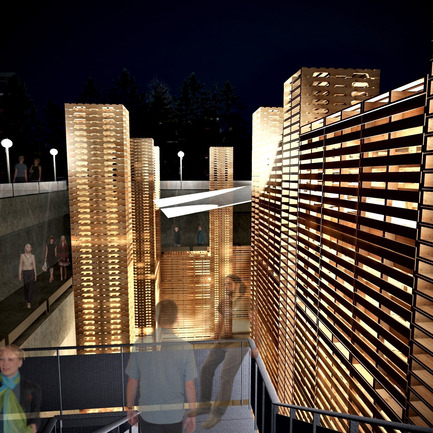
Medium-resolution image : 6.0 x 6.0 @ 300dpi ~ 9.3 MB
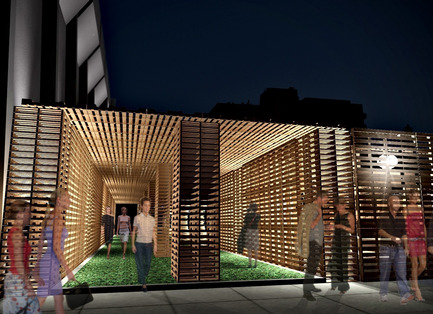
Medium-resolution image : 6.0 x 4.36 @ 300dpi ~ 6.8 MB
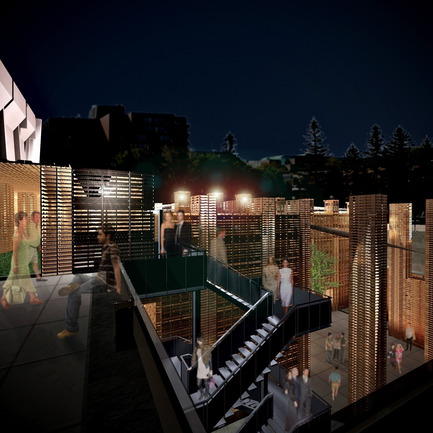
Medium-resolution image : 6.0 x 6.0 @ 300dpi ~ 9.3 MB
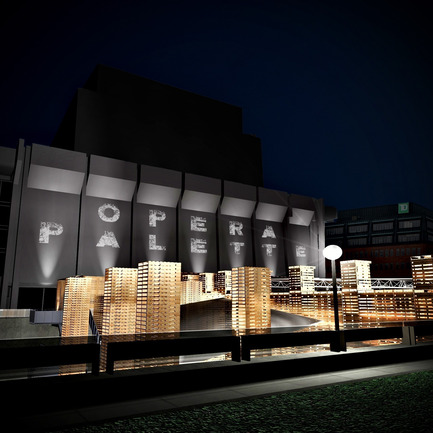
Medium-resolution image : 6.0 x 6.0 @ 300dpi ~ 9.3 MB
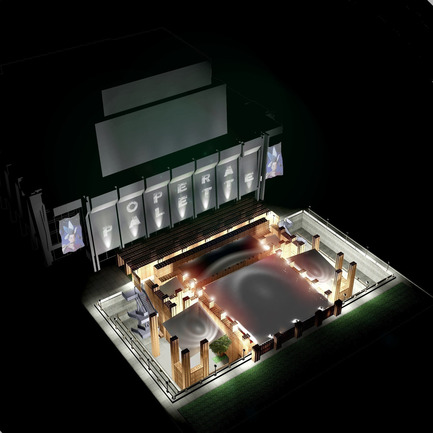
Medium-resolution image : 6.0 x 6.0 @ 300dpi ~ 9.3 MB
